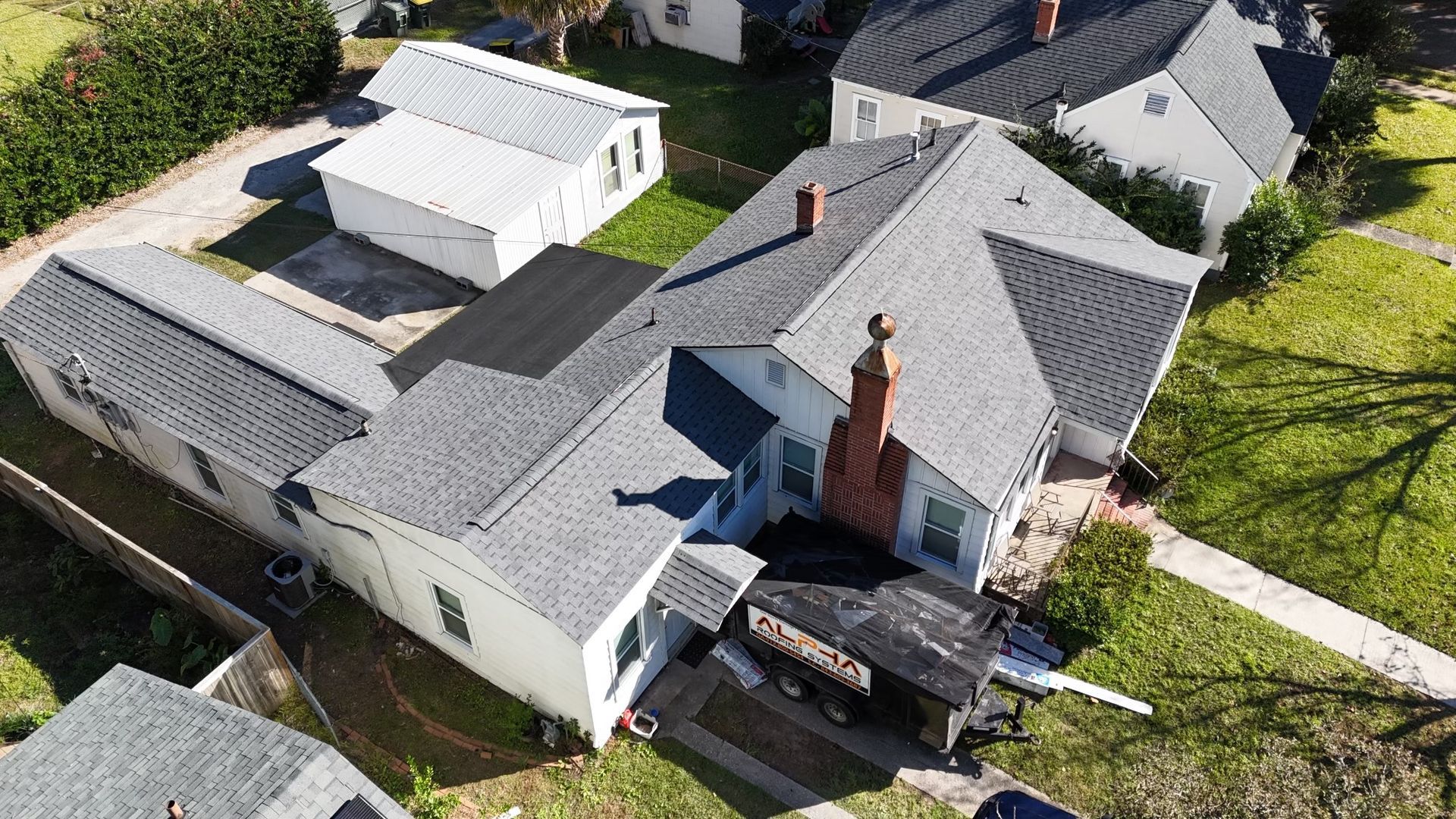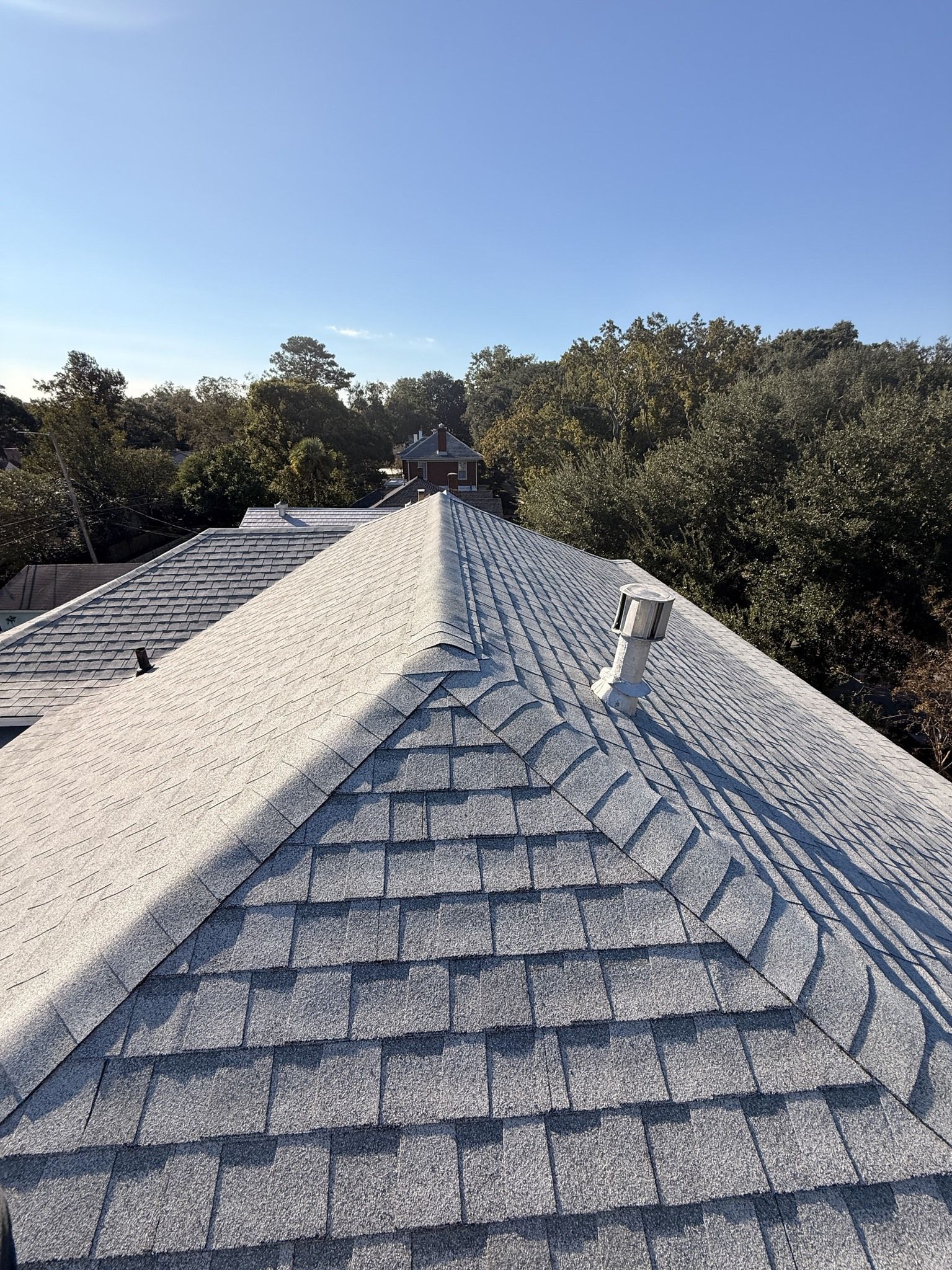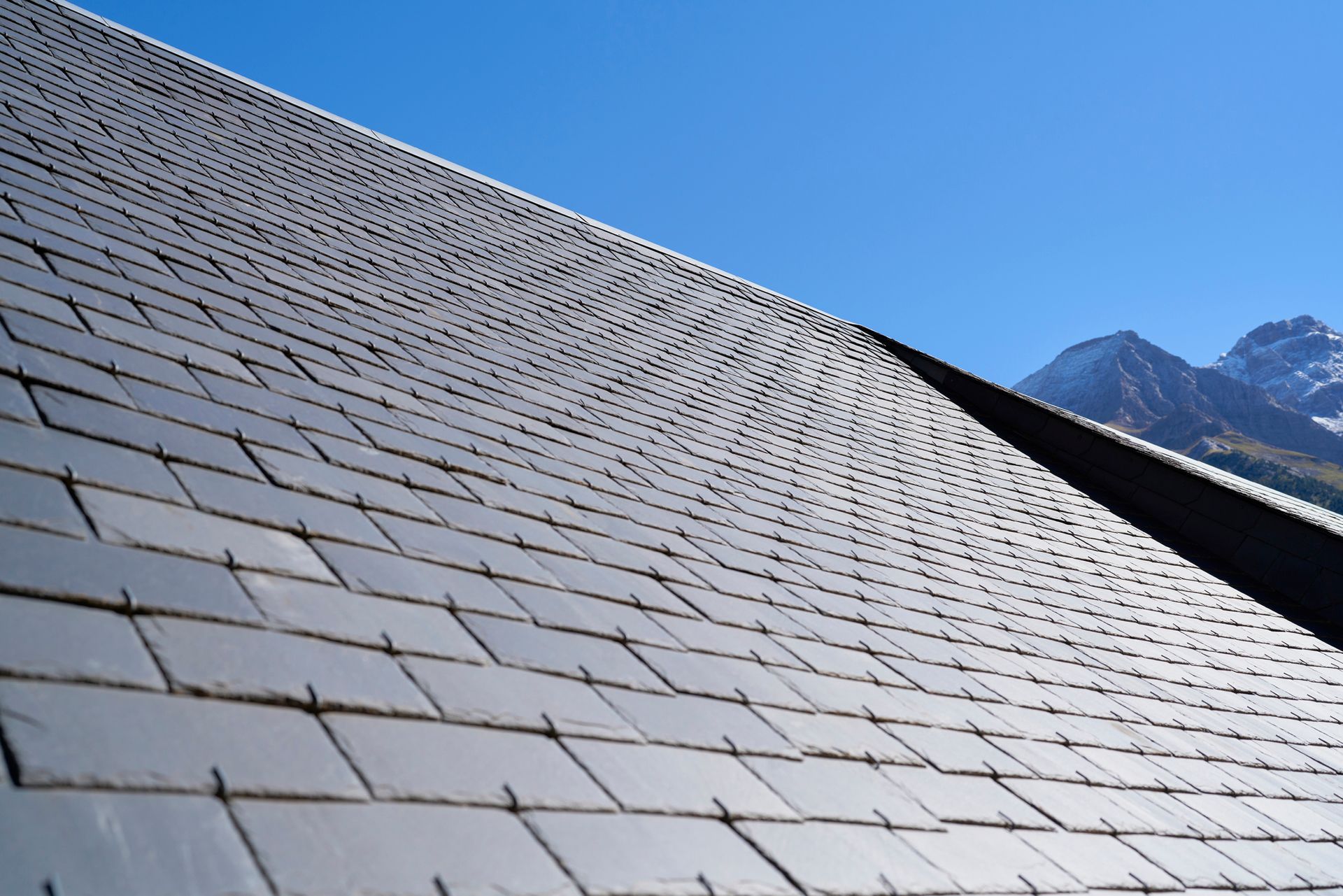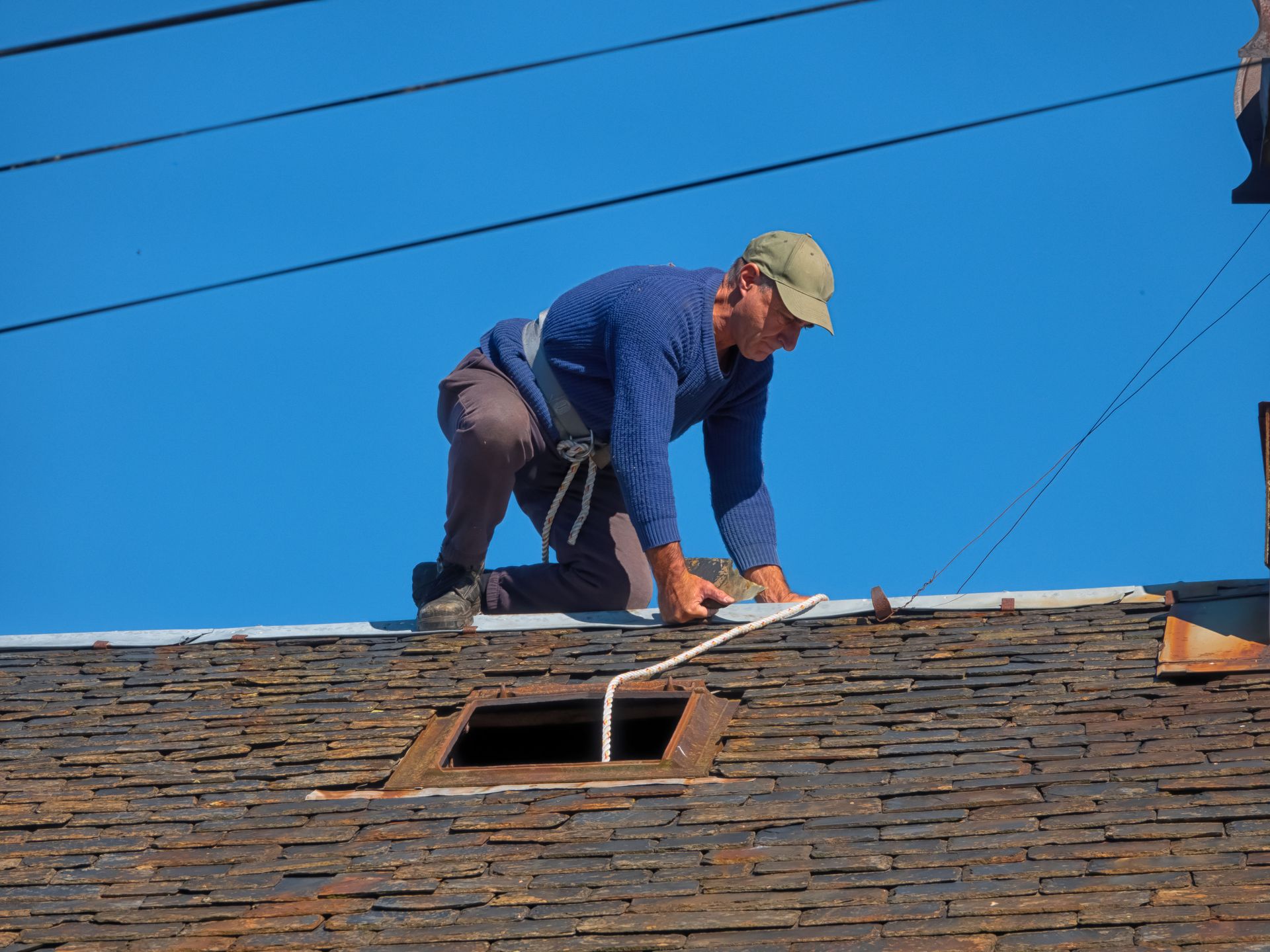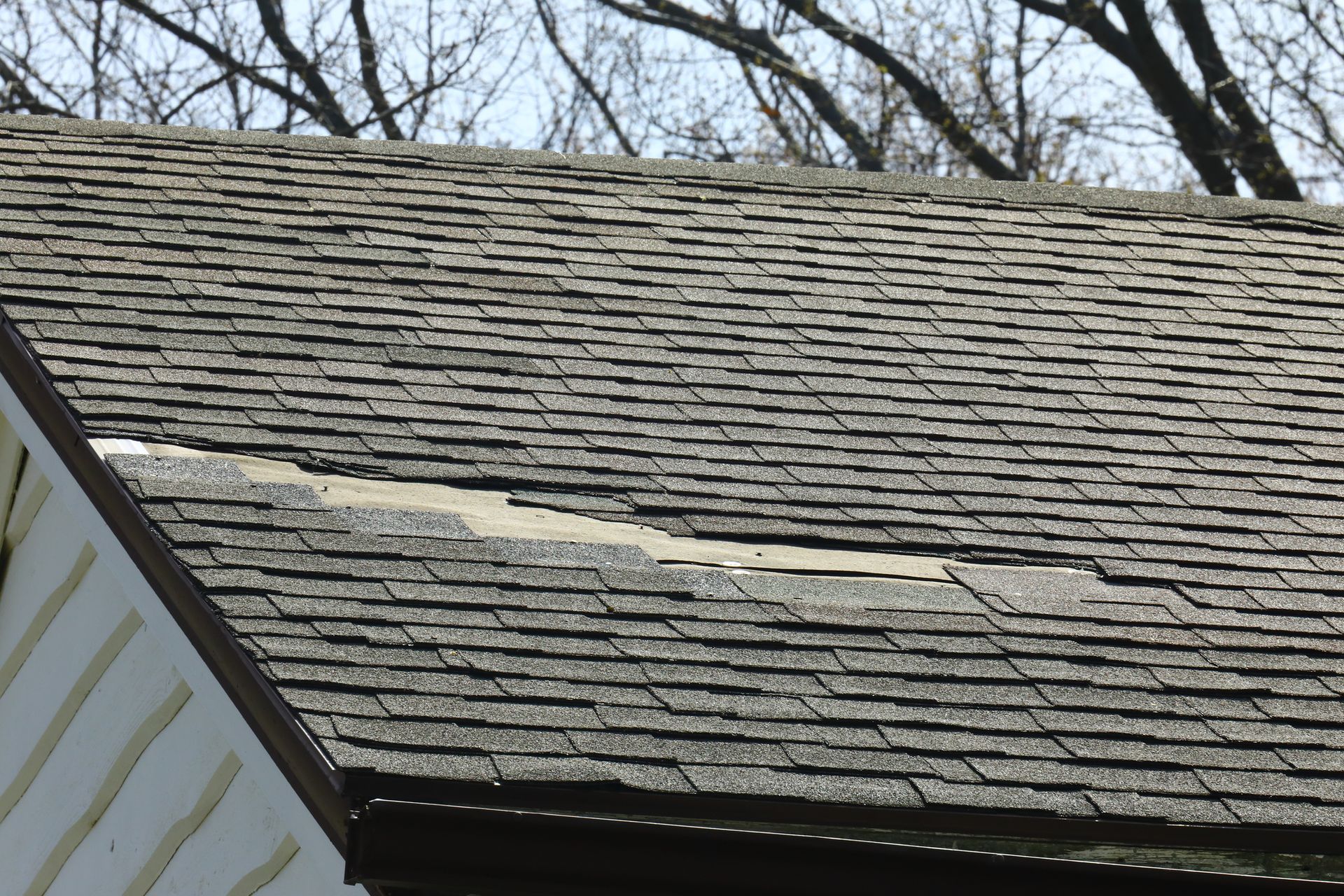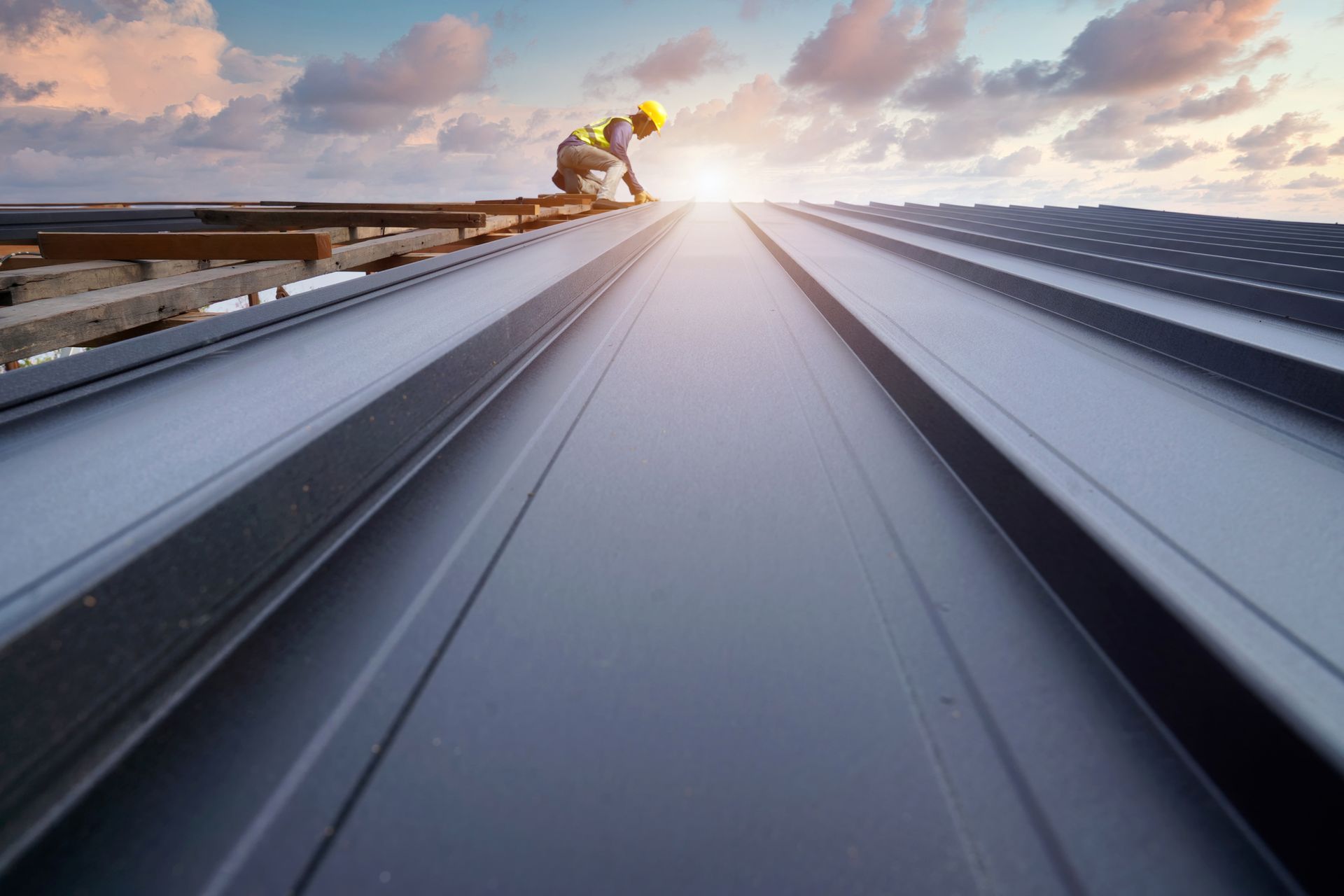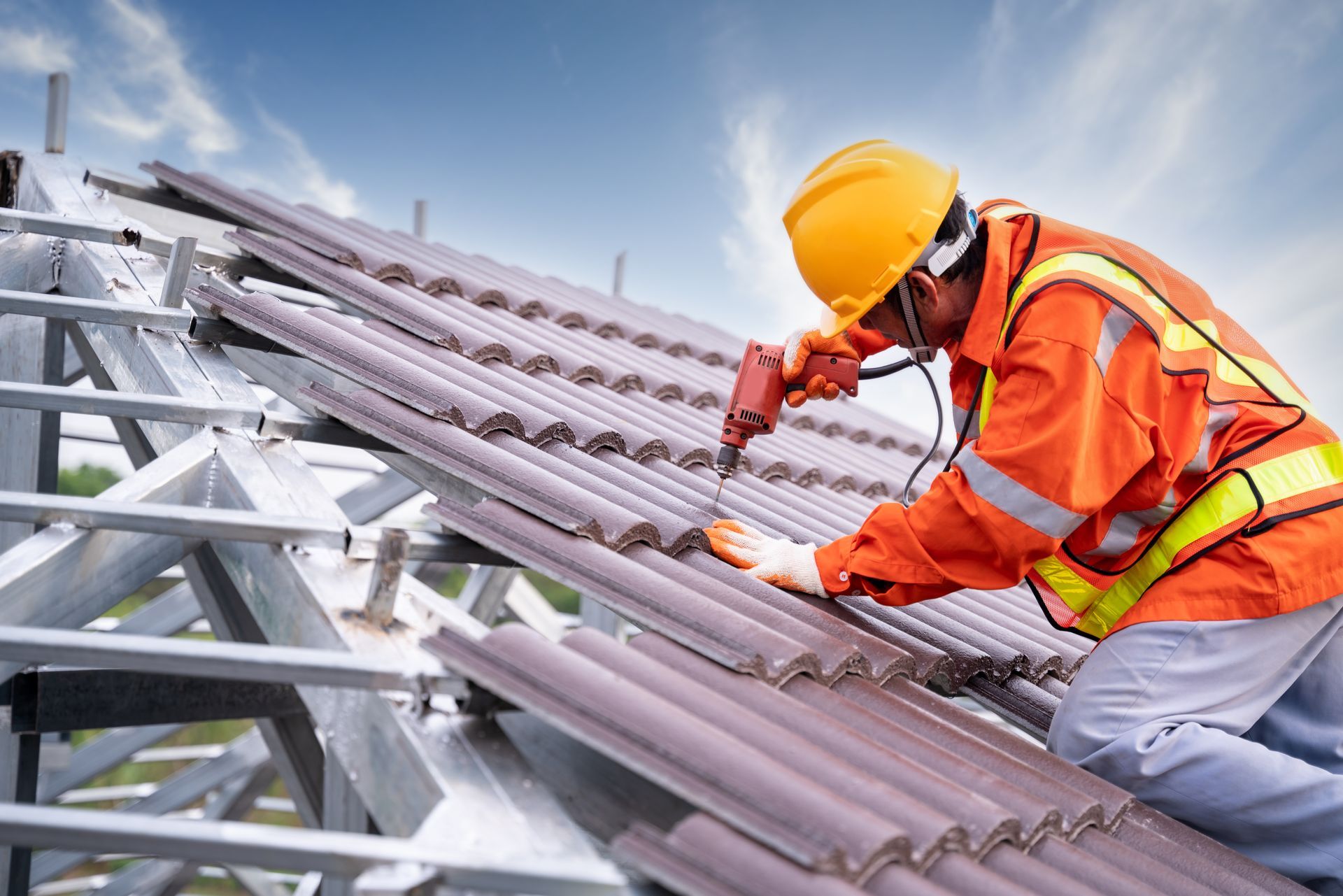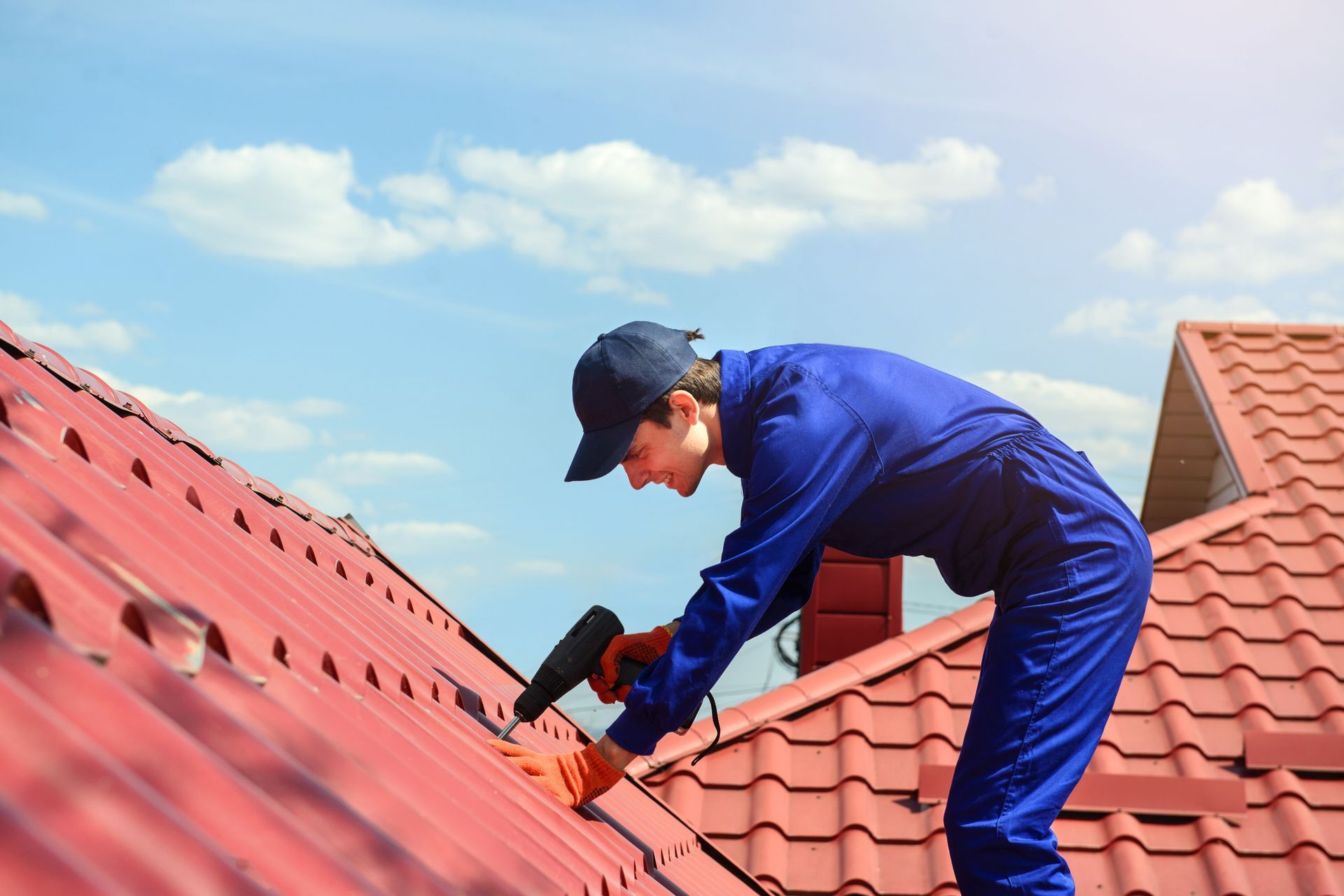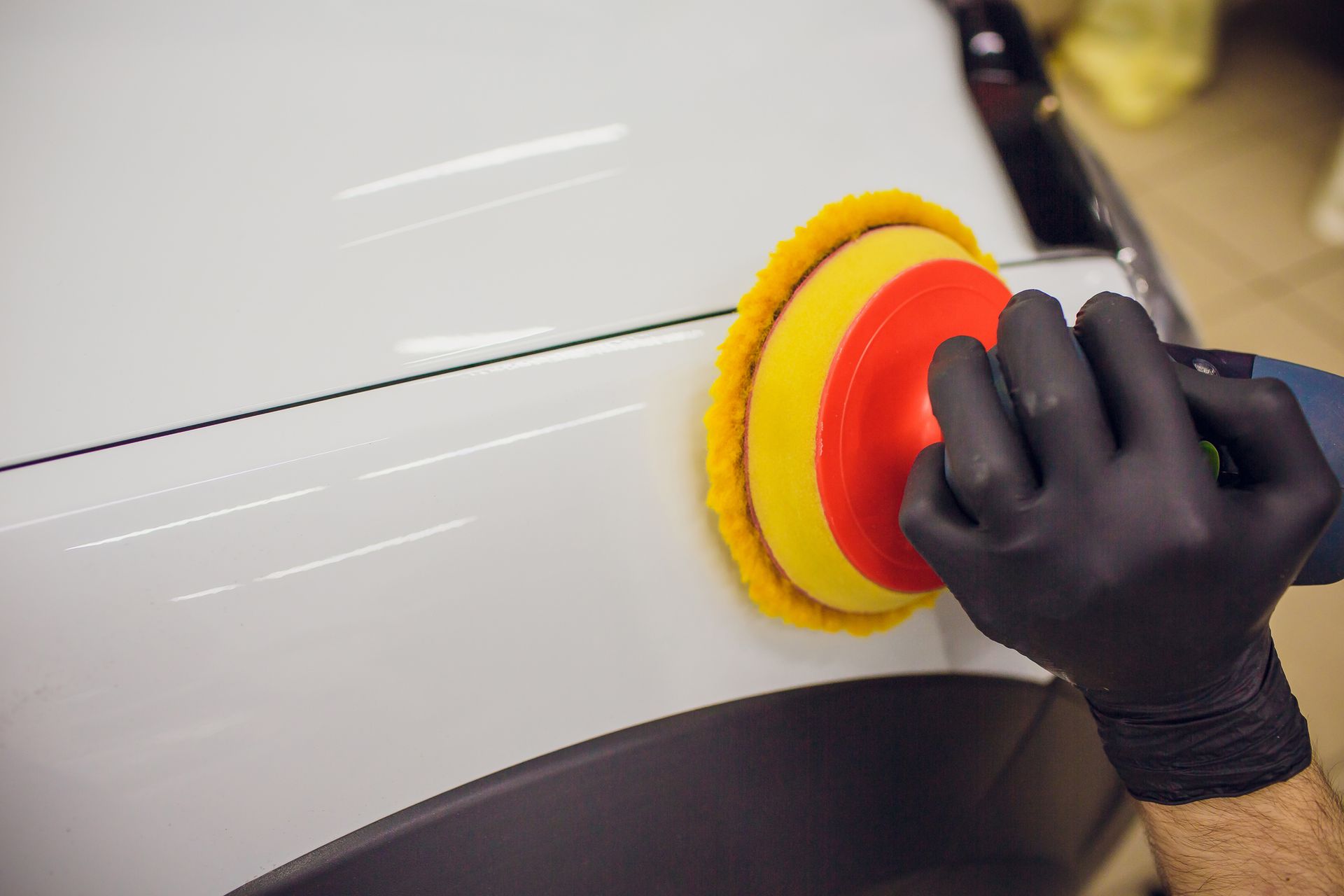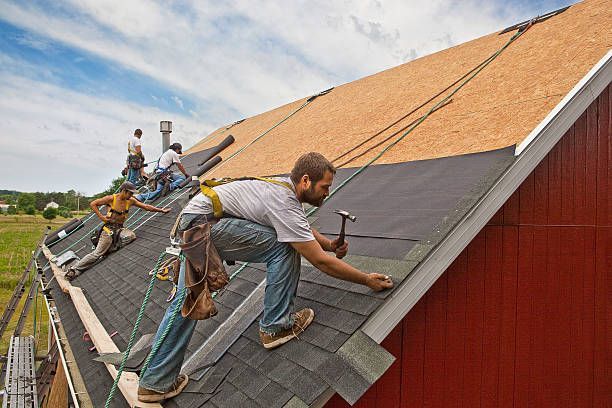Visible Parts of Asphalt Roofs and Their Damages
The roof is part of the building envelope that protects the house from weather elements, preventing damage. However, this role exposes the roof covering to different damage. The visible or outermost roof parts are particularly susceptible to damage. Below are the main visible roof parts and the damages they suffer.
Shingles
The shingles are the first line of defense against external roof threats. Thus, anything that affects the roof will likely affect the shingles. Below are common shingle damages.
Granule Loss
Granules protect the shingles from impact damage and give your roof its distinctive color. Causes of granule losses include friction due to foot traffic, aging, and hailstones. When shingles lose granules, they become more susceptible to other damage.
Breakage
Asphalt shingles can also break and allow water to reach the underlying roofing materials. Physical forces, such as falling tree branches, can break the shingles. Temperature fluctuations, which expand and contract the shingles, can also break them.
Curling
Asphalt shingles usually curl when moisture collects under them. The problem is common with poorly ventilated roofs that allow warm moisture to collect in the attic. The shingles absorb the moisture and distort.
Displacement
Lastly, you can also lose roof shingles to different problems. For example, wind uplift, poor nailing, and breakage can detach shingles from the roof and expose the roof to further damage.
Flashing
Roofing contractors use flashing materials to seal and waterproof roof joints. For example, flashing is common around chimneys, vents, and skylights. Thus, flashing damage can allow water penetration and roof leaks.
Flashing issues occur in two main ways: the flashing can lose its watertight seal, or something can rip the material clean off the roof. Wear and tear, which deteriorates the flashing seal, is a common problem. Strong storms, especially those with wind and hailstones, can also damage flashing.
Soffit and Fascia
The soffit covers the underside of the roof part that extends from the external wall outwards—it is like a ceiling for the roof overhang. The fascia is the exposed board around the roof's edge. The soffit protects your home from animals and weather elements. The fascia supports the gutters and supports the roof's edge.
Soffit and fascia damages depend on their material, usually wood, vinyl, or metal. For example, mold can attack and rot wood fascia and soffit, pests can also attack wood fascia and soffit, and wind forces can affect all materials.
Drip Edge
As the name suggests, the drip edge sits at the lowest and outermost roof edge. The drip edge directs water away from the soffit and fascia and into the gutters. The drip edge also prevents water from backing under the roof's edge and damaging the decking.
Metal is a common drip edge material, so it's susceptible to corrosion, though anticorrosive treatments can prolong the drip edge's life. Other damage causes include dangerous weather (such as storms), weathering, and installation issues.
Gutter
The gutters, drainage channels that collect water from the roof, play a critical role in protecting the house from water damage. Gutters prevent water from damaging the decking or lower parts of the roof, protect the foundation and siding from water splashes, and protect landscaping from water damage.
Common gutter problems include:
- Clogging by debris, for example, from trees around the house
- Improper pitch, for example, due to overloading or poor design
- Leaks from cracks, holes, or disconnected joints
Other problems depend on the gutter material, which can be metal, vinyl, or wood.
Contact Alpha for roof inspections, maintenance, and repair. We have over 20 years of experience in the roofing industry. Let us use our skills and experience to ensure your roof's durability.


